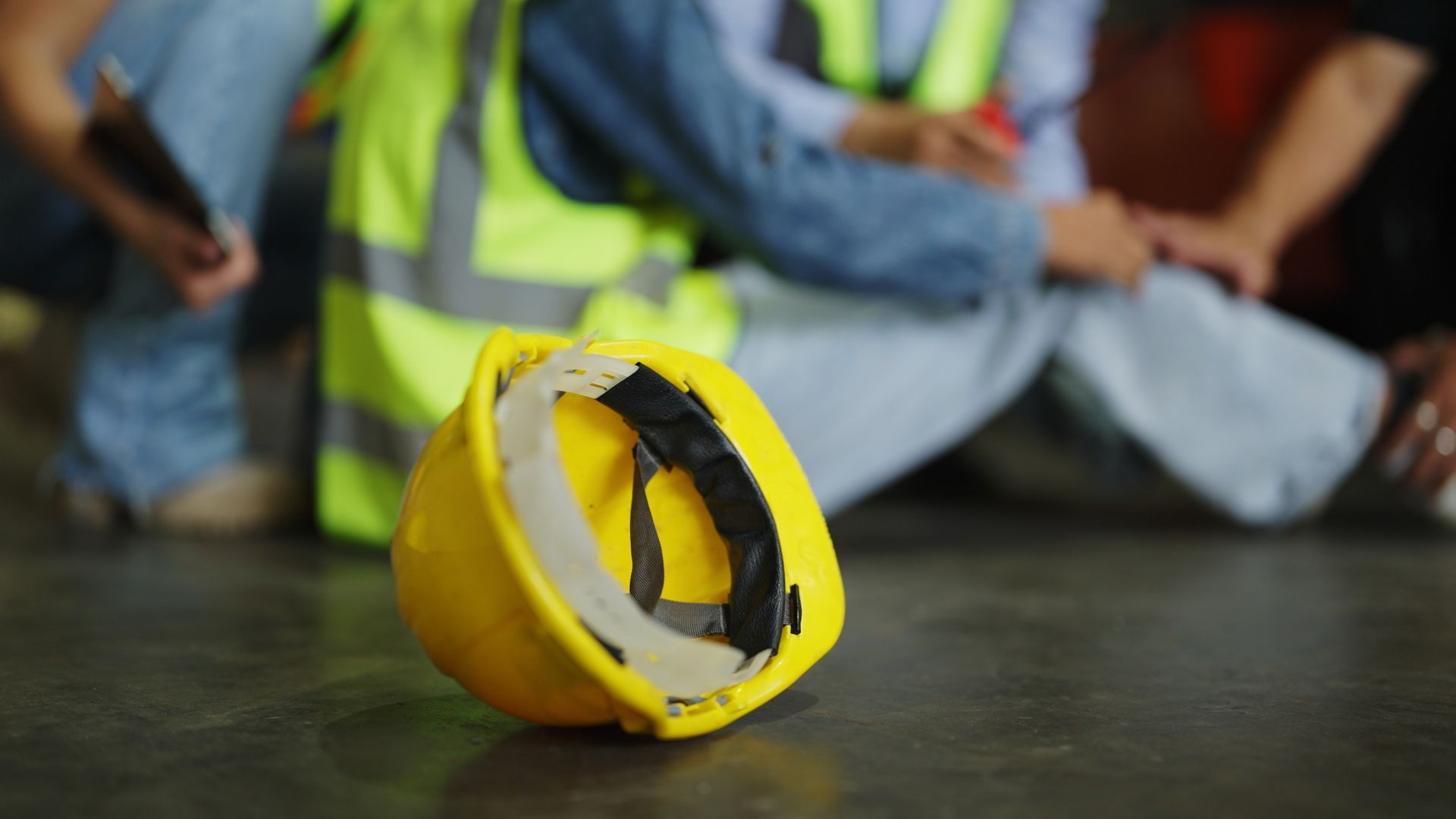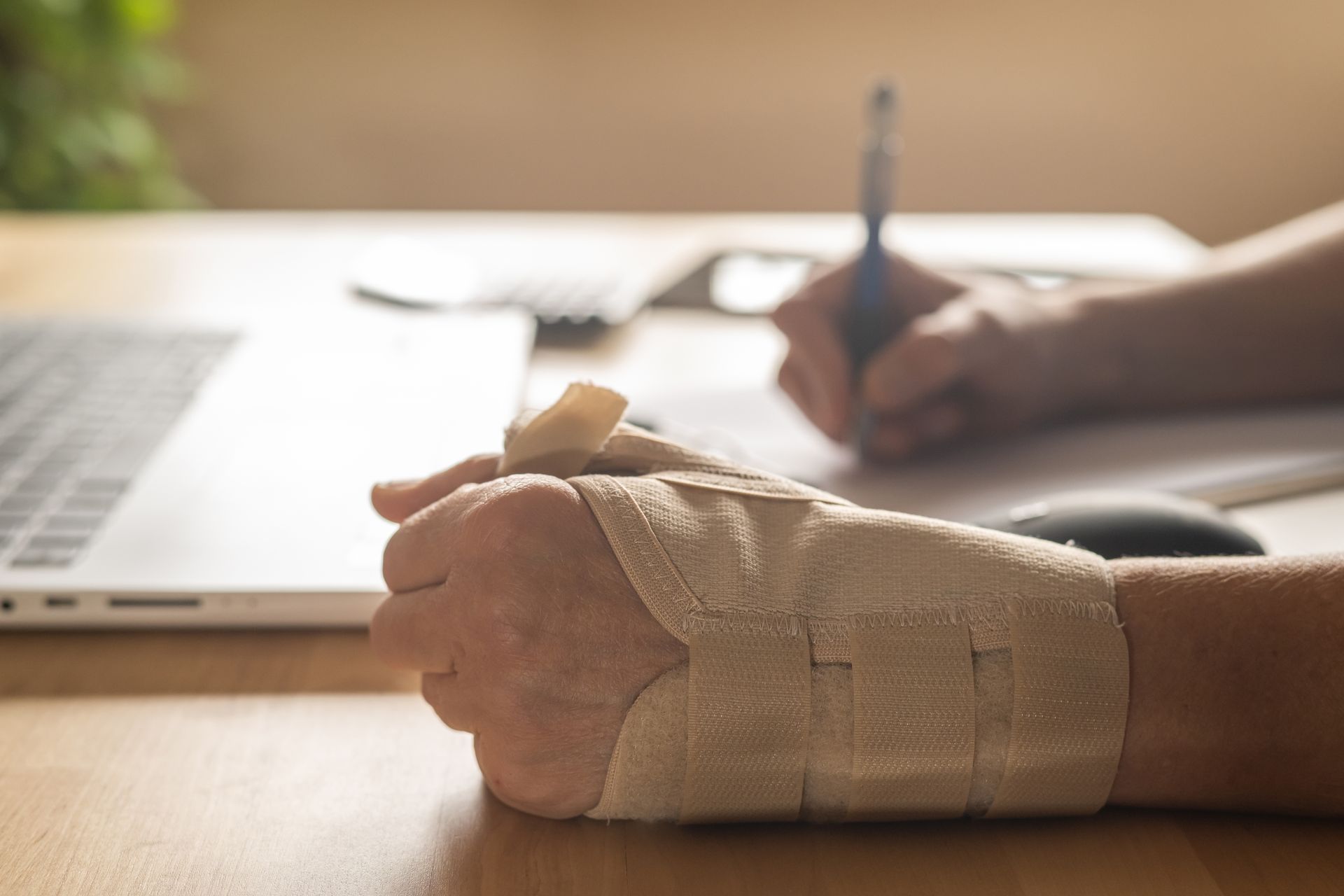Does Assumption of Risk Make Me Liable for My Injuries?
YOUR ROAD TO RECOVERY MATTERS
As an injured individual, you may be wondering whether assumption of risk can make you liable for your injuries. Assumption of risk is a legal doctrine used in a variety of cases to determine liability.
If you suffered injuries but the other party says you cannot recover damages based on the assumption of risk doctrine, you might want to speak with an attorney. Our personal injury attorney at Harris & Associates, P.C, L.L.O can review your situation and explain your legal options when your case involves claims of “assumption of risk.”
With an office in Omaha, Nebraska, our knowledgeable and reputable attorney serves surrounding areas, including Dodge, Lancaster, Douglas, and Sarpy counties.
What Is Assumption of Risk?
Assumption of risk is a legal doctrine that states that an injured party should be held liable for their injuries if they knowingly accepted or assumed the risks associated with an activity or event.
This means that if an individual voluntarily chooses to engage in a risky activity, such as skydiving or skiing, they should not be able to sue if they sustain an injury during the course of the activity. For example, if someone goes skydiving and sustains an injury due to their own negligence (for example, failing to properly secure their harness), they may not be able to sue due to the assumption of risk because they chose to participate in the risky activity while being aware of the risks associated with it.
Express vs. Implied Assumption of Risk
There are two types of assumptions of risk:
- Express assumption of risk occurs when an individual voluntarily signs a waiver acknowledging that they understand and accept all risks associated with a particular activity or event.
- Implied assumption of risk occurs when an individual participates in an activity without signing any paperwork but still understands the dangers associated with it (i.e., skydiving).
In both cases, the injured party cannot sue for damages due to their own negligence because they assumed all risks related to the activity or event by participating in it willingly.
What Are Exceptions to the Assumption of Risk Rule?
There are certain exceptions to the assumption of risk rule. For example, if someone is injured due to another person’s negligence or because there was inadequate supervision at the time, then they may still be able to sue for damages even though they voluntarily participated in a risky activity or event.
Additionally, if someone is under 18 years old and participates in an inherently dangerous activity such as skydiving without parental consent, then they may also be able to sue for damages despite assuming all risks related to the activity by participating in it willingly. However, each case is unique and should be reviewed individually.
Comparative Negligence
In Nebraska, when someone is injured due to the negligence of another party, they are able to recover damages from that party. However, if the injured person was also negligent in some way, their damages may be reduced by what is known as “comparative negligence.” This means that if the court finds that both parties were partially responsible for the injury based on the doctrine of assumption of risk, then the amount of damages recovered will be reduced proportionately based on each party’s degree of fault.
Does the Assumption of Risk Make You Liable for Injuries?
The concept of assumption of risk deals with situations where an individual willingly accepts some risks associated with a specific activity or circumstance. For instance, if you go swimming but there is signage not to go swimming during a storm, you are assumed to have accepted any risks associated with swimming during a storm.
According to a report by the Nebraska Department of Health & Human Services, drowning in natural waters accounted for almost a third of all deaths due to unintentional drowning in Nebraska between 2009 and 2013. Many of those deaths occurred when people were engaged in recreational activities.
However, not all cases where the other party raises the doctrine of assumption of risk to escape liability are valid. Just because the other party or their attorney says you assumed the risk and thus should be held liable for your injuries does not necessarily mean it is true, which is why a consultation with an attorney may be necessary.
Understand and Protect Your Rights
Assumption of risk can be a complicated concept to understand but knowing what it is can help you protect yourself from being held liable for your own injuries under certain circumstances. If you’ve been injured due to someone else’s negligence and are unsure about whether the assumption of risk applies to your situation, speak with our attorney at Harris & Associates, P.C, L.L.O











